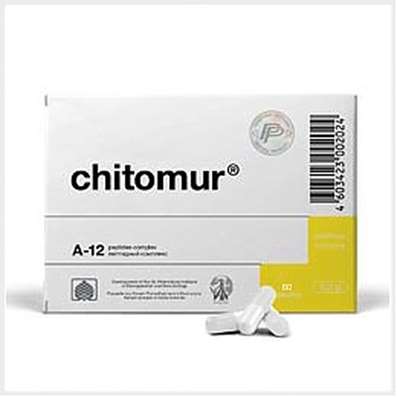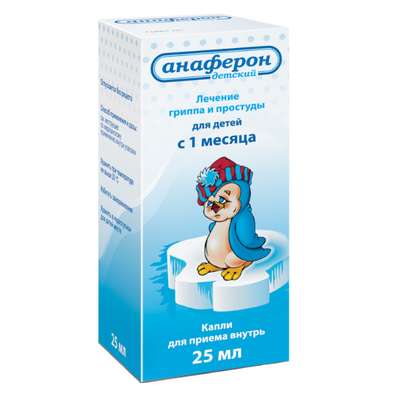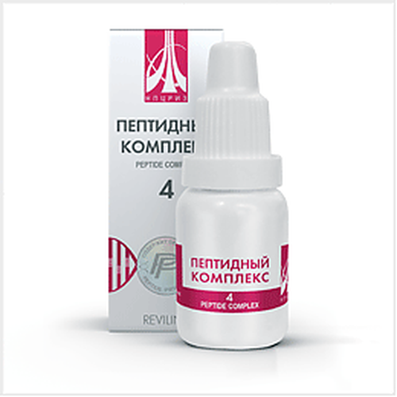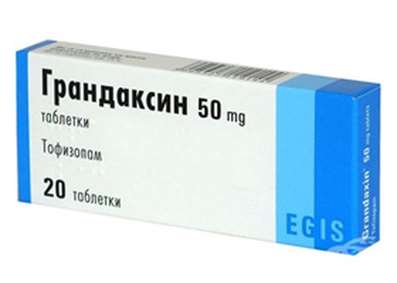Instruction for use: Ipratropium Steri-Neb
I want this, give me price
Active substance: Ipratropium bromide
ATX Code
R03BB01 Ipratropium bromide
Pharmacological group
M. Cholinolytics
The nosological classification (ICD-10)
J42 Chronic bronchitis, unspecified
recurrent bronchitis, Bronchitis asthma, wheeze bronchitis, chronic Bronchitis, Inflammatory airways disease, bronchi disease, Qatar smoker, Cough in inflammatory diseases of the lung and bronchus, Exacerbation of Chronic Bronchitis, Chronic bronchitis, Chronic obstructive pulmonary disease, Chronical bronchitis, Chronic bronchitis smokers, Chronic spastic bronchitis, allergic Bronchitis
J43 Emphysema
Interstitial emphysema, Emphysema, Chronic lung disease, Chronic obstructive pulmonary disease, Obstructive pulmonary emphysema, Chronic pulmonary emphysema, Chronic obstructive pulmonary emphysema
J44 Other chronic obstructive pulmonary disease
Allergic bronchitis, Bronchitis asthma, Asthmatic bronchitis, wheeze bronchitis, Bronchitis is an obstructive, bronchi disease, Shortness of sputum in acute and chronic respiratory diseases, Cough in inflammatory diseases of the lung and bronchus, Reversible airflow obstruction, Reversible obstructive airway disease, Obstructive bronchitis disease, Obstructive lung disease, Obstructive bronchitis, Spastic bronchitis, Chronic lung disease, Chronic nonspecific lung diseases, Chronic obstructive pulmonary disease, Chronic obstructive bronchitis, Chronic obstructive airway disease, Chronic obstructive pulmonary disease, Restrictive lung pathology
J44.9 Chronic obstructive pulmonary disease, unspecified
Obstructive pulmonary diseases, Bronchial obstruction, bronchial obstruction, Exacerbation of chronic obstructive pulmonary disease, reversible airflow obstruction, Reversible airway obstruction, panbronchiolitis, Panbronhit, COPD, Chronic pulmonary infection, Chronic infection of the lower respiratory tract, Chronic obstructive pulmonary disease, Chronic obstructive pneumonia, Chronic lung disease, Chronic obstructive pulmonary disease, Chronic bronchopulmonary disease, Chronic broncho-pulmonary diseases, Airway obstruction
J45 Asthma
Asthma physical effort, status asthmaticus, Bronchial asthma, Asthma lung flow, Bronchial asthma with obstruction of sputum discharge, Bronchial asthma heavy currents, Bronchial asthma physical effort, hypersecretory asthma, Hormone-dependent form of bronchial asthma, Relief of asthma attacks in bronchial asthma, Non-allergic asthma, nocturnal asthma, Exacerbation of asthma, Asthma attacks, Endogenous forms of asthma, Night asthma, Cough with bronchial asthma
Structure and Composition
A solution for inhalation of 1 ml
active substance:
ipratropium bromide monohydrate (calculated as ipratropium bromide) 250 mcg
Excipients: sodium chloride - 8.5 mg; hydrochloric acid - to pH 3,4; Water for injection - up to 1 ml
The drug forms
Clear, colorless or almost colorless liquid.
pharmachologic effect
Mode of action - bronchodilatory, m-anticholinergic.
pharmacodynamics
Bronchodilator agent blocks m-cholinergic receptors of the smooth muscle of the tracheobronchial tree (mainly at the level of large and medium bronchi) and inhibits reflex bronchoconstriction. Having structural similarity to acetylcholine molecule, it is a competitive antagonist. It effectively prevents the narrowing of the bronchi, resulting from the inhalation of various bronhospazmiruyuschih agents and inhibits bronchospasm associated with the influence of the vagus nerves. When inhalation application has almost no resorptive action.
Bronchodilator effect develops after 5-15 minutes, reaching a maximum after 1-2 hours and lasts up to 6 hours (sometimes - up to 8 hours).
Pharmacokinetics
Absorption is very low. Up to 90% of the inhaled dose is swallowed in the gastrointestinal tract is practically not absorbed and excreted primarily in the feces (25% - unchanged, the rest - in the form of metabolites). Suck part of the (small) is metabolized in 8 inactive or weakly active anticholinergic metabolites (excreted by the kidneys). Not accumulates. T1 / 2 of the drug got into the bronchi, is 3.6 hours; 70% of the dose is excreted in the urine. Changes in pharmacokinetic parameters in patients with impaired renal function, liver and elderly patients have no clinical significance and does not require dose adjustment.
Indications
Reversible airway obstruction, including COPD, asthma, chronic obstructive bronchitis, emphysema.
Contraindications
hypersensitivity to atropine and derivatives thereof;
hypersensitivity to ipratropium bromide or other ingredients;
pregnancy (I term).
Precautions: angle-closure glaucoma; obstruction of the urinary tract; prostatic hyperplasia; breast-feeding; children's age (up to 6 years).
Pregnancy and breast-feeding
The drug is contraindicated in the I trimester of pregnancy. Appointment of the drug in the II and III trimester of pregnancy and lactation is possible only if the expected benefit to the mother outweighs the potential risk to the fetus or infant.
Side effects
Dry mouth, headache, nausea, increase in the viscosity of phlegm; rarely - constipation, weakening GI motility, urinary retention, paradoxical bronchospasm, cough, tachycardia (including supraventricular), atrial fibrillation, palpitations, paresis of accommodation.
Allergic reactions: skin rash (including urticaria and erythema multiforme), swelling of the tongue, lips, face, laryngospasm and other manifestations of anaphylaxis.
When used in therapeutic doses side effects on bronchial secretion was observed.
Interaction
Enhances the bronchodilator effect of beta-agonists and xanthine derivatives.
Anticholinergic effect is enhanced antiparkinsonian drugs, quinidine, tricyclic antidepressants.
In an application enhances the effect of other anticholinergic drugs - additive effect.
Dosing and Administration
Inhalation using inhalers, nebulizers (see. "Cautions" The technique of using the drug).
Adults, including the elderly, and children over 12 years: 2 ml (40 drops = 500 mg) 3-4 times a day. The maximum daily dose - 8 ml.
Children from 6 to 12 years: 1 ml (20 drops = 250 mg) 3-4 times a day. The maximum daily dose - 4 ml; children up to 6 years - 0.4-1 mL (8-20 drops = 100-250 mg) 3-4 times a day. The maximum daily dose - 4 ml. Treatment of children should be under medical supervision.
If necessary, medication can be diluted with 0.9% sodium chloride solution.
Overdose
Symptoms: due to the inhalation of the dose of 5 mg is observed tachycardia, but single doses of 2 mg in adults and 1 mg in children did not cause side effects. A single oral dose of ipratropium bromide, which is equal to 30 mg, causing minor manifestations of systemic anticholinergic effects such as dry mouth, paresis of accommodation, increased heart rate.
Treatment: symptomatic.
special instructions
Caution must be exercised during the first use of the drug by a nebulizer. There is evidence of the rare cases of paradoxical bronchospasm. By reducing the effectiveness of the drug should consult a doctor. Not recommended for emergency relief of an attack of breathlessness (bronchodilator effect develops later than that of beta-agonists).
Patients should be able to properly use the drug ipratropium Ster-Neb. Avoid contact with eyes solution. Patients predisposed to the development of glaucoma, it should be warned about the need to protect the eyes from contact with the drug.
The technique of using the drug
1. Before you use the drug you must read the instructions nebulizers producer.
2. Prepare the nebulizer according to its manufacturer's instructions.
3. Hold the vial vertically cap broken off the cap
4. Squeeze the solution in the nebulizer reservoir
5. Use the nebulizer according to its manufacturer's instructions.
6. Rinse your mouth after inhalation is complete.
7. If you use a mask, wash your face.
8. The solution remaining in the nebulizer chamber unused should be discarded.
9. Wash the nebulizer.
10. When using the drug should be avoided eye contact solution.
release Form
Solution for inhalation, 0.25 mg / ml. 1 or 2 ml ampoules preparation of LDPE. On 5 amp. welded together as a unit. 4 or 12 units in a carton box.
Conditions of supply of pharmacies
On prescription.
Storage conditions
In the dark place at a temperature no higher than 25 ° C (do not freeze).
Keep out of the reach of children.
shelf life
2 years.
Do not use beyond the expiration date printed on the package.

 Cart
Cart





